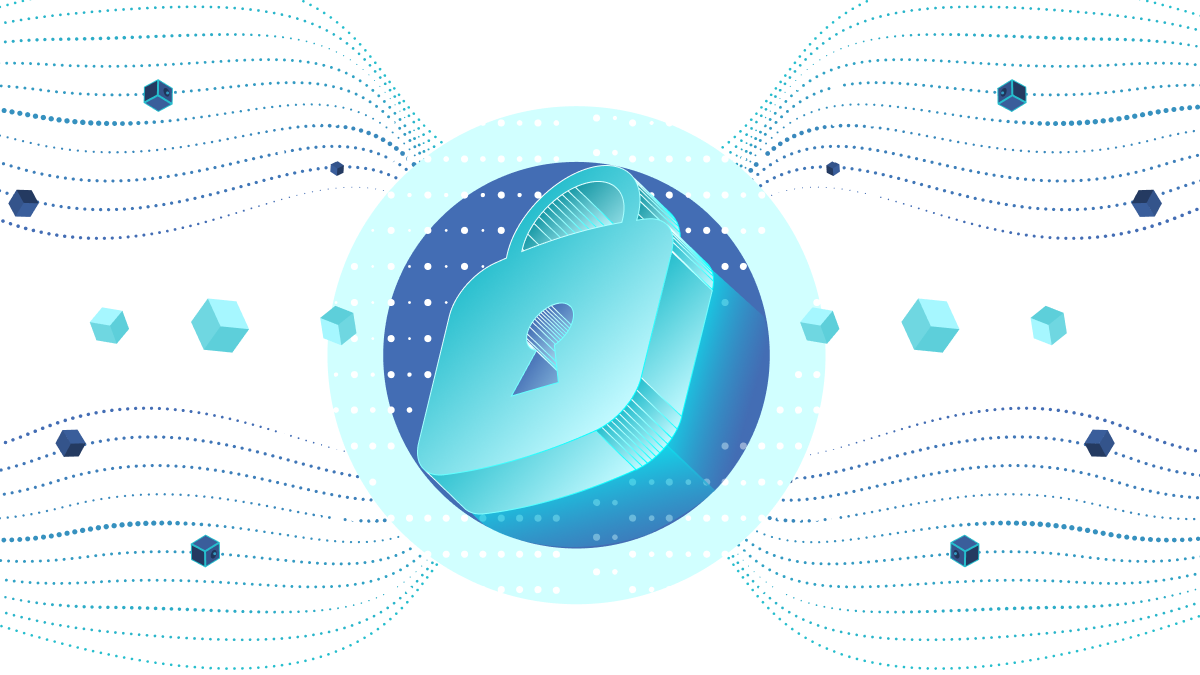
In a previous article, we discussed some of the benefits of the cloud native ecosystem, especially as represented by the Cloud Native Computing Foundation (CNCF). As the major cloud service providers have expanded their platforms’ capabilities, developers can reduce their workloads by taking advantage of the services they offer. Adding to this, the open source CNCF ecosystem has created a growing number of mature, powerful solutions that include a large number of features out of the box.
These new capabilities have facilitated two additional trends: the growing popularity of containers and microservice architectures. These too have made it much easier to develop and ship applications.
However, these benefits are accompanied by new risks, especially in the area of security. While legacy architectures tended to have well-defined perimeters, modern architectures based on containers and microservices will often (by design) expose much of their ‘interior’ components to the outside world.
In these situations, the old “castle and moat” security paradigm doesn’t apply. And security solutions that are designed to defend perimeters don’t work very well when there are no perimeters to defend.
However, with new challenges come new solutions. In this article, we’ll look at how the cloud native ecosystem is providing new security capabilities, including how Curiefense can be used to secure modern architectures.
Effective web security requires a number of different elements.
Scope: Traffic must be filtered at multiple levels.
Visibility: This too is required at several levels.
Monitoring, alerting, and reporting. Security managers usually want to be notified immediately when incidents occur.
Centralized control: A security solution should provide a single, central dashboard for management, regardless of the simplicity or complexity of the architecture being protected.
Automation: A security solution must be able to autoscale, load-balance, failover, and otherwise be responsive to changing conditions.
Vendor-agnostic: This is inherent in the concept of being “cloud native.” A security solution should be able to secure any web infrastructure, whether it is hosted on a public cloud, private cloud, on-prem, or any combination of these.
Flexibility: A robust security solution must be able to protect sites, web applications, and APIs equally well. This implies that it should not rely on detection technologies with limited scope. (For example, bot detection that relies on CAPTCHAs will not effective for API traffic.)
Separation from business logic: Developers should not need to worry that any changes to their security configuration would affect their code. As much as possible, application logic should be insulated from traffic processing.
Although some of the items listed above are specific requirements for a security solution, the others are more general. It’s possible to take advantage of existing CNCF software to gain many of these capabilities automatically. For example, Prometheus provides event monitoring and alerting, while Grafana provides customizable dashboards.
Other capabilities will depend on the chosen architecture. For example, using CNCF software, it’s straightforward to run applications and services within a service mesh. (In a service mesh, application instances do not communicate directly with each other; instead, each has a proxy in a sidecar, and all ingress and egress traffic passes through it.) Or, another popular choice is to use an ingress controller, where incoming traffic passes through the ingress point and gets routed to the appropriate destination.
For both of these examples, Envoy proxy—a CNCF Graduated Project—can be used. Envoy provides many of the requirements listed earlier (such as automation, vendor-agnosticism, etc.), along with some additional nice-to-haves like built-in RBAC.
When used as in the examples above, all traffic passes through it; therefore, it’s an ideal location for traffic inspection. Lastly, it is designed to accept HTTP filters, so its functionality can be extended to include web security.
Curiefense adds traffic inspection and filtering to Envoy. It includes content filtering, layer-7 DDoS protection, bot mitigation, rate limiting, flow control, ACLs, and other security modules. Legitimate traffic passes through, while hostile traffic is blocked.
Curiefense fulfills the requirements listed earlier; it integrates with Envoy and provides web security with the necessary scope, visibility, centralized control and visibility, and so on. As part of the CNCF ecosystem (Curiefense is currently a Sandbox Project), it works well with tools such as Prometheus, Grafana, Helm, and others.
As the CNCF community continues to grow, cloud native applications are becoming increasingly popular, accompanied by a greater reliance on cloud resources and containerization. All of this means traditional security models are no longer adequate, and security rules need to be enforced at locations where traffic is handled.
Service meshes and ingress controllers have entry points defined for services that must be secured. When Envoy is used in these roles, it is the logical place to perform traffic filtering.
As organizations move increasingly toward cloud native and cloud-agnostic applications, they are realizing they need to shift their approach to web security. Curiefense helps to do this, providing a comprehensive suite of web security tools that integrates with Envoy and the rest of the CNCF ecosystem.